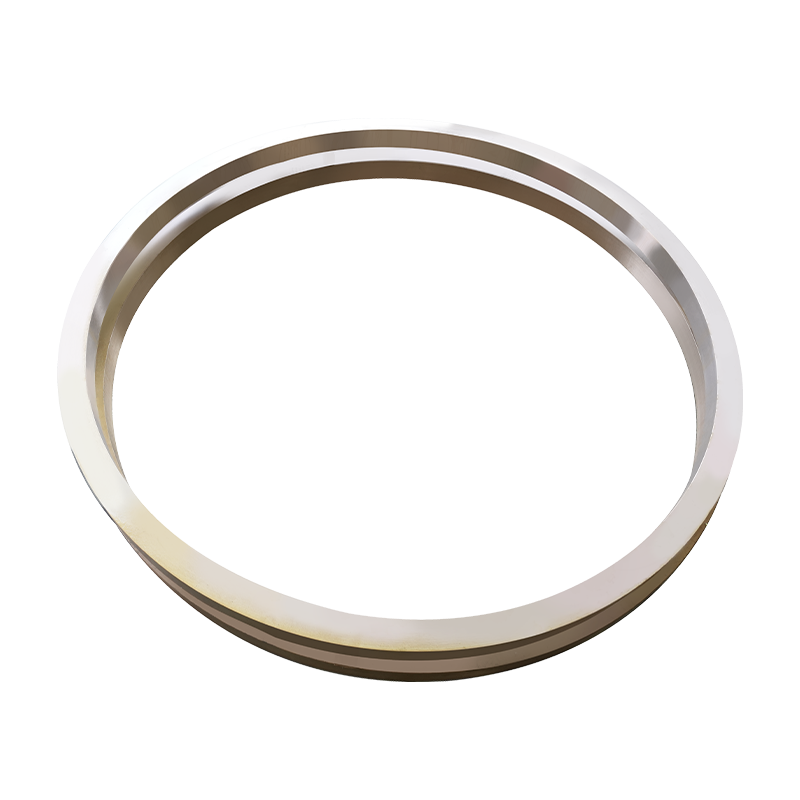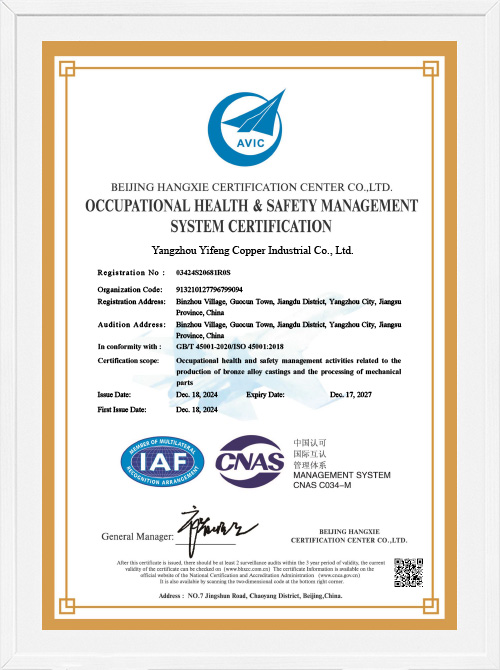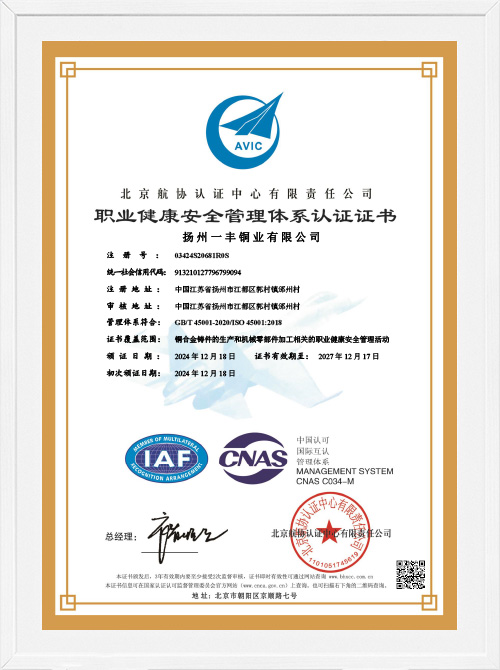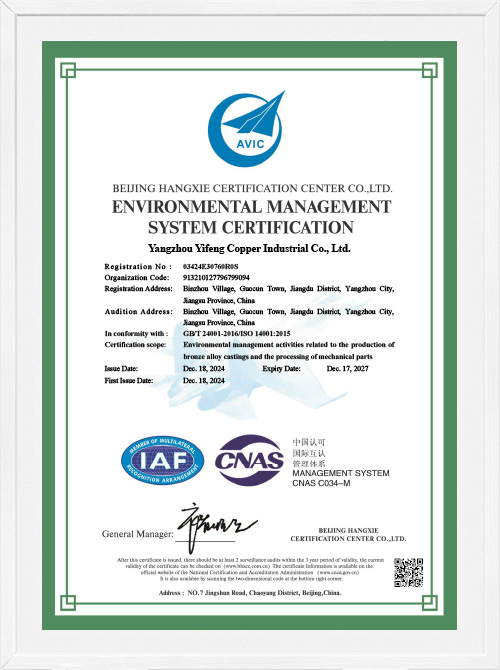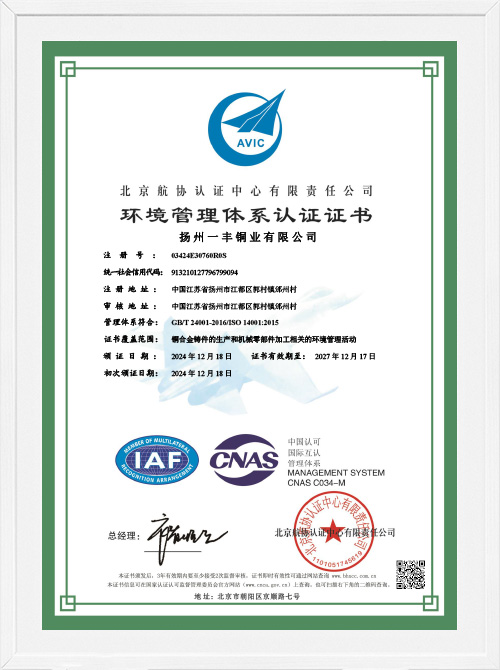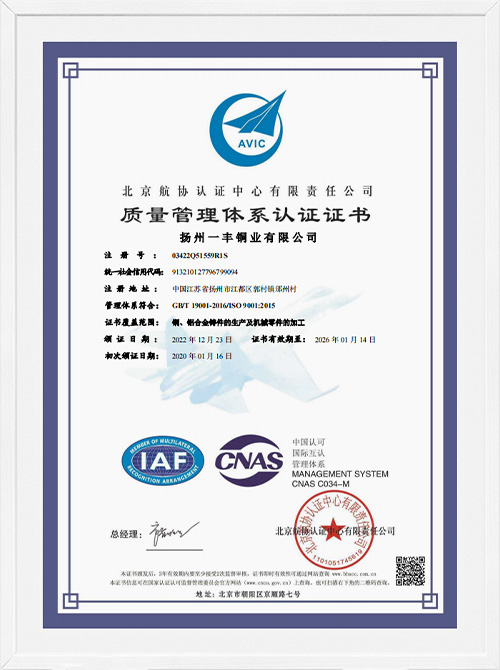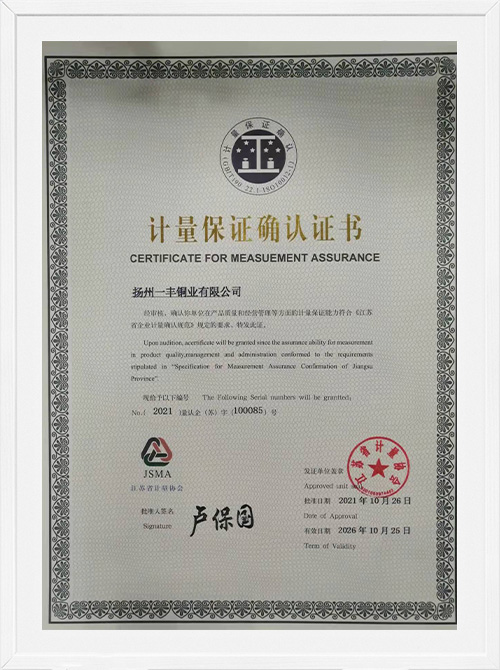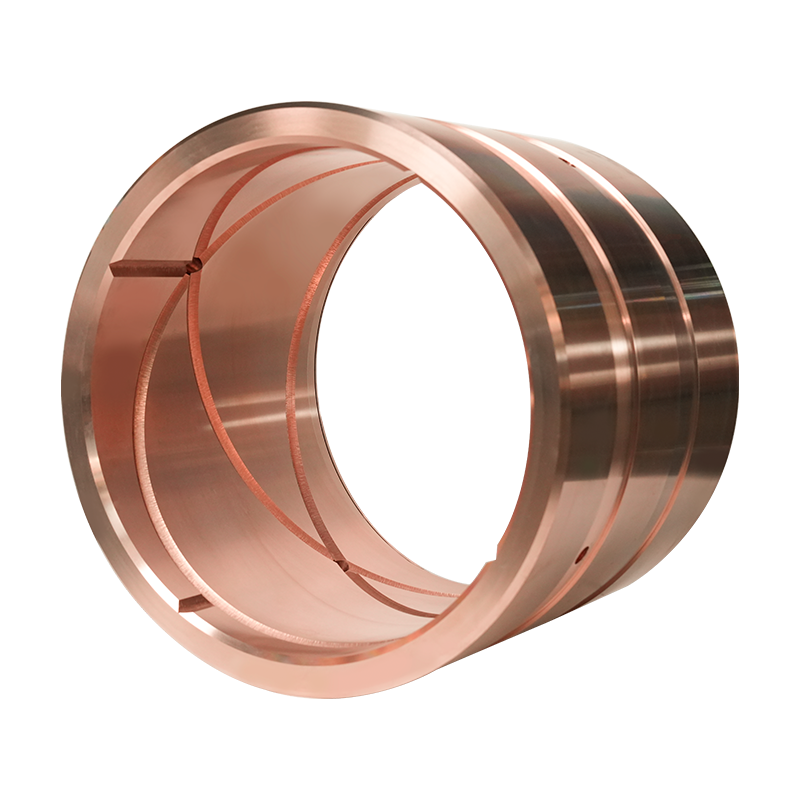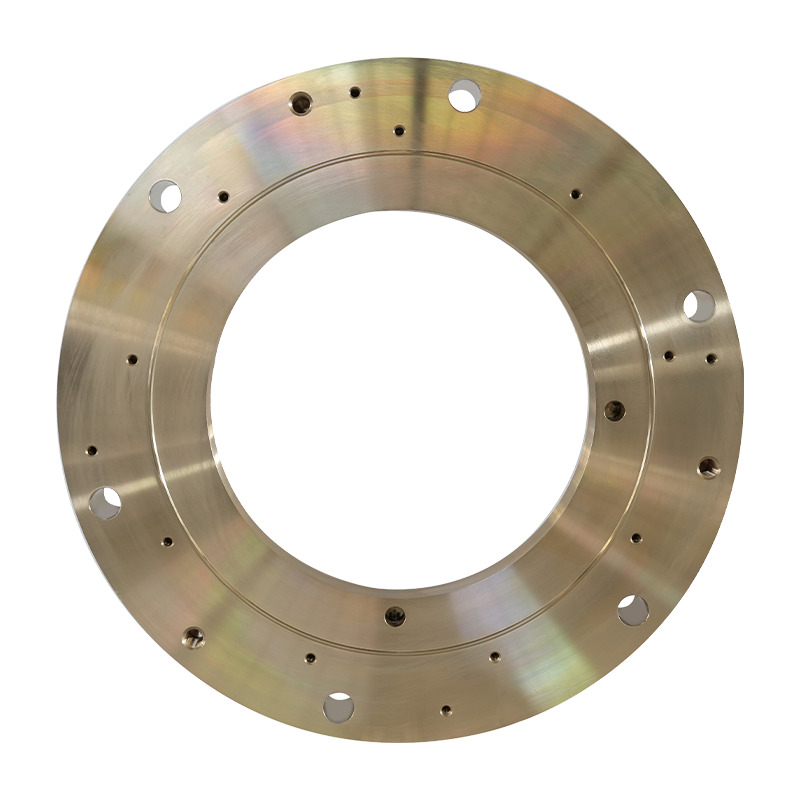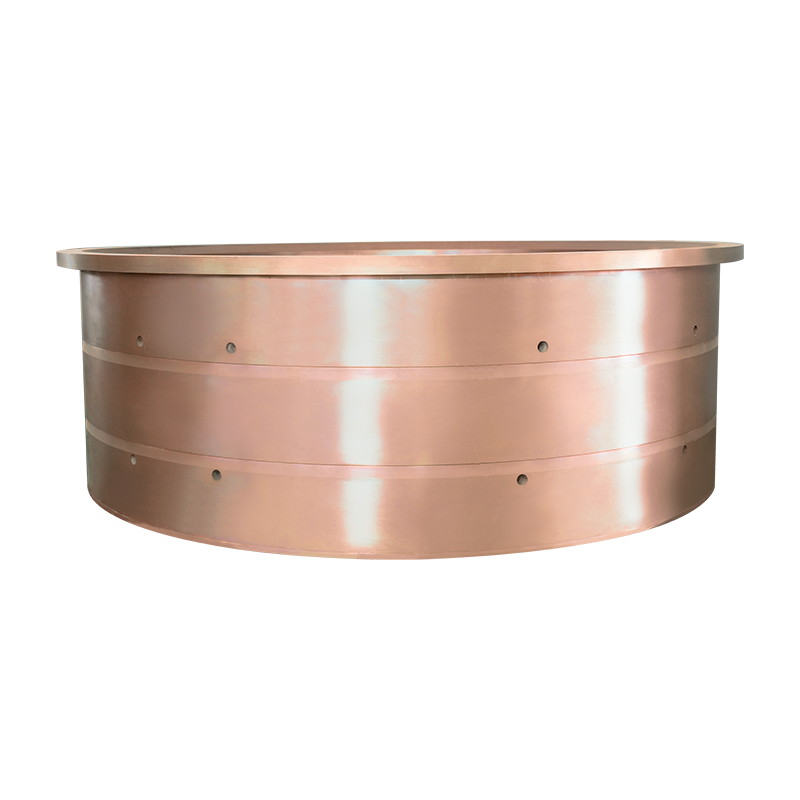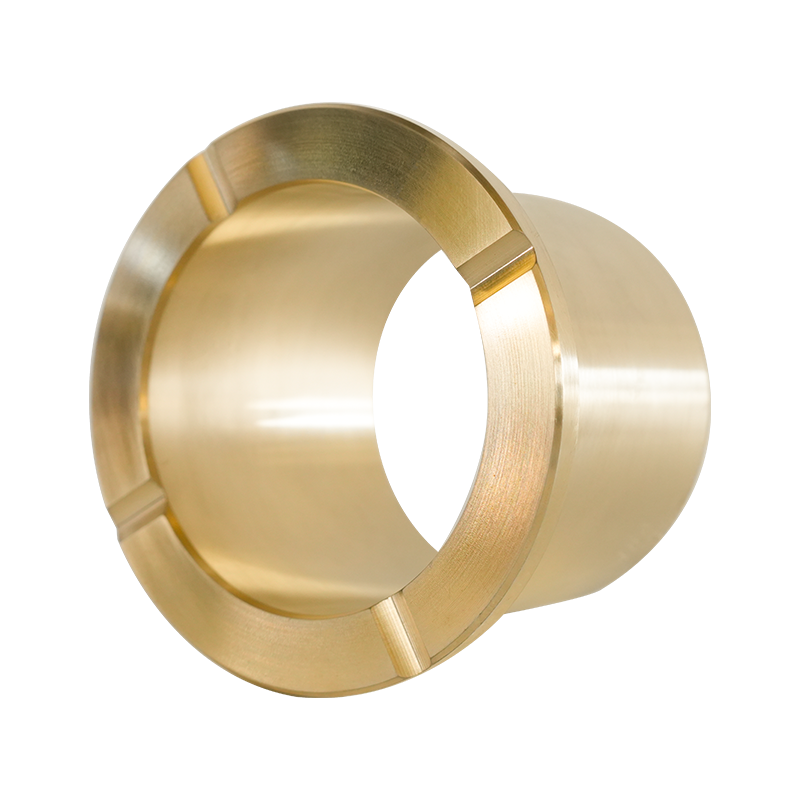Why is Copper Worm Gear critical for heavy-load systems?
In the demanding world of heavy machinery – encompassing mining, marine propulsion, metallurgy, oil and gas extraction, and large-scale lifting systems – the selection of components directly impacts performance, safety, and longevity. Among these critical components, the Copper Worm Gear stands out as an indispensable element within worm gear drives operating under extreme loads.
The Core Function: Power Transmission with Reduction
Worm gear drives excel at providing high reduction ratios in compact spaces and delivering significant torque multiplication. This makes them ideal for heavy-load applications like hoists, conveyor drives, crane slewing mechanisms, and large valve actuators. In this setup, the worm (typically a hardened steel screw) meshes with the worm wheel (the gear). It is precisely this worm wheel where Copper becomes critical.
Why Copper is Non-Negotiable for Heavy Loads:
Exceptional Wear Resistance & Compatibility: The primary advantage lies in the interaction between the steel worm and the Copper Worm Gear. Copper alloys (commonly phosphor bronze or aluminum bronze) offer inherent lubricity and a hardness profile that is compatible with hardened steel. Under high pressure and sliding contact, copper alloys wear in a controlled, predictable manner that protects the more expensive and harder-to-replace steel worm shaft. This compatibility minimizes catastrophic galling and seizure.
Superior Heat Dissipation: Heavy loads generate significant frictional heat at the gear mesh. Copper's excellent thermal conductivity allows the Copper Worm Gear to rapidly absorb and dissipate this heat away from the critical contact zone. This prevents overheating, which can lead to lubricant breakdown, accelerated wear, loss of hardness, and ultimately, system failure.
High Load-Bearing Capacity: Specific copper alloys, particularly aluminum bronzes, offer exceptional yield strength and fatigue resistance. This enables the Copper Worm Gear to withstand the immense compressive and shear stresses encountered in heavy-load applications without permanent deformation or pitting failure.
Conformability & Embeddability: Copper alloys possess a degree of surface softness (relative to hardened steel). This allows the Copper Worm Gear to slightly conform to minor misalignments or deflections under load, distributing stress more evenly. Furthermore, any small abrasive particles that may enter the lubricant can embed into the softer copper surface, preventing them from scoring and damaging the harder steel worm.
Corrosion Resistance (in Specific Alloys): Applications like marine propulsion, offshore platforms, and ship lock lifting systems expose components to harsh, corrosive environments. Copper alloys like aluminum bronze offer excellent resistance to saltwater corrosion, ensuring the Copper Worm Gear maintains its structural integrity and performance over time.
Consequences of Inadequate Material Choice:
Using an unsuitable material for the worm wheel in heavy-load systems leads to predictable and costly outcomes:
Rapid, Uncontrolled Wear: Premature failure of the gear teeth.
Scoring & Galling: Damage to both the worm and gear surfaces, increasing friction and heat.
Overheating & Lubricant Failure: Degradation of lubricating oil/grease, leading to increased wear and potential seizure.
Reduced Efficiency: Increased friction translates to higher energy consumption.
Catastrophic Failure: Unexpected downtime, expensive repairs, and safety hazards.
Ensuring Reliability: The Manufacturing Factor
The inherent advantages of copper are fully realized only through precision manufacturing. High-quality Copper Worm Gears require:
Material Integrity: Consistent alloy composition and freedom from defects.
Precision Machining: Accurate tooth geometry and surface finish for optimal load distribution and minimal friction.
Proper Heat Treatment: Achieving the correct balance of hardness, strength, and toughness for the specific alloy and application.
Meeting Heavy-Demand Applications:
Manufacturers specializing in high-end copper alloy components, such as Yangzhou Yifeng Copper Products Co., Ltd., focus on producing Copper Worm Gears engineered for the extreme demands of sectors like mining equipment, marine propulsion and sealing systems, metallurgical machinery, oil and gas equipment, offshore drilling platforms, and ship lock lifting systems. Their expertise ensures the material properties are maximized through controlled processes.
In heavy-load systems where reliability, durability, and safety are paramount, the Copper Worm Gear is not merely an option; it is a critical engineering necessity. Its unique combination of wear resistance, compatibility with steel, outstanding heat dissipation, high load capacity, and adaptability makes it the optimal material choice for the worm wheel. Specifying a high-quality Copper Worm Gear, manufactured to exacting standards from appropriate copper alloys, is a fundamental step in ensuring the long-term, efficient, and safe operation of heavy machinery across critical industries.
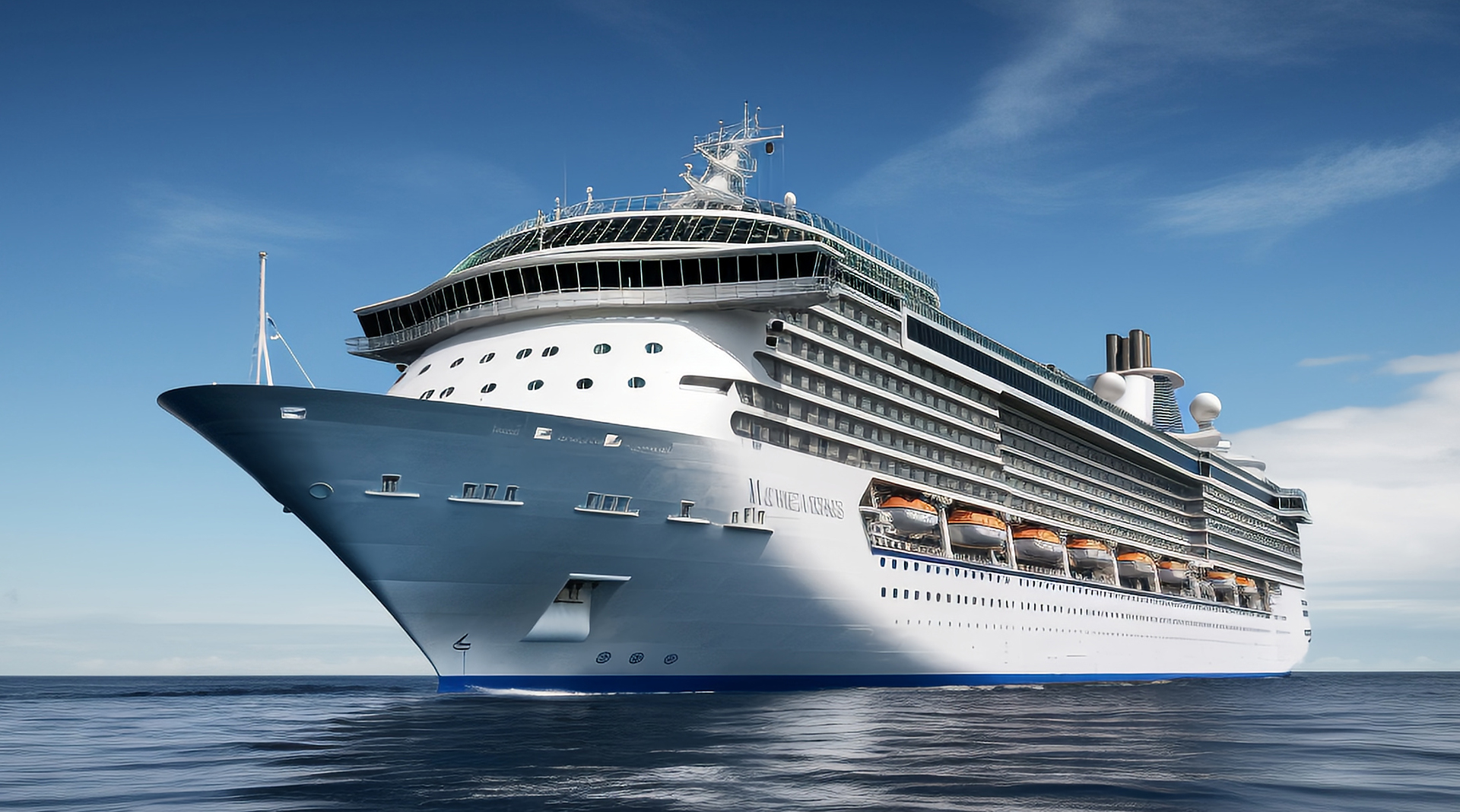
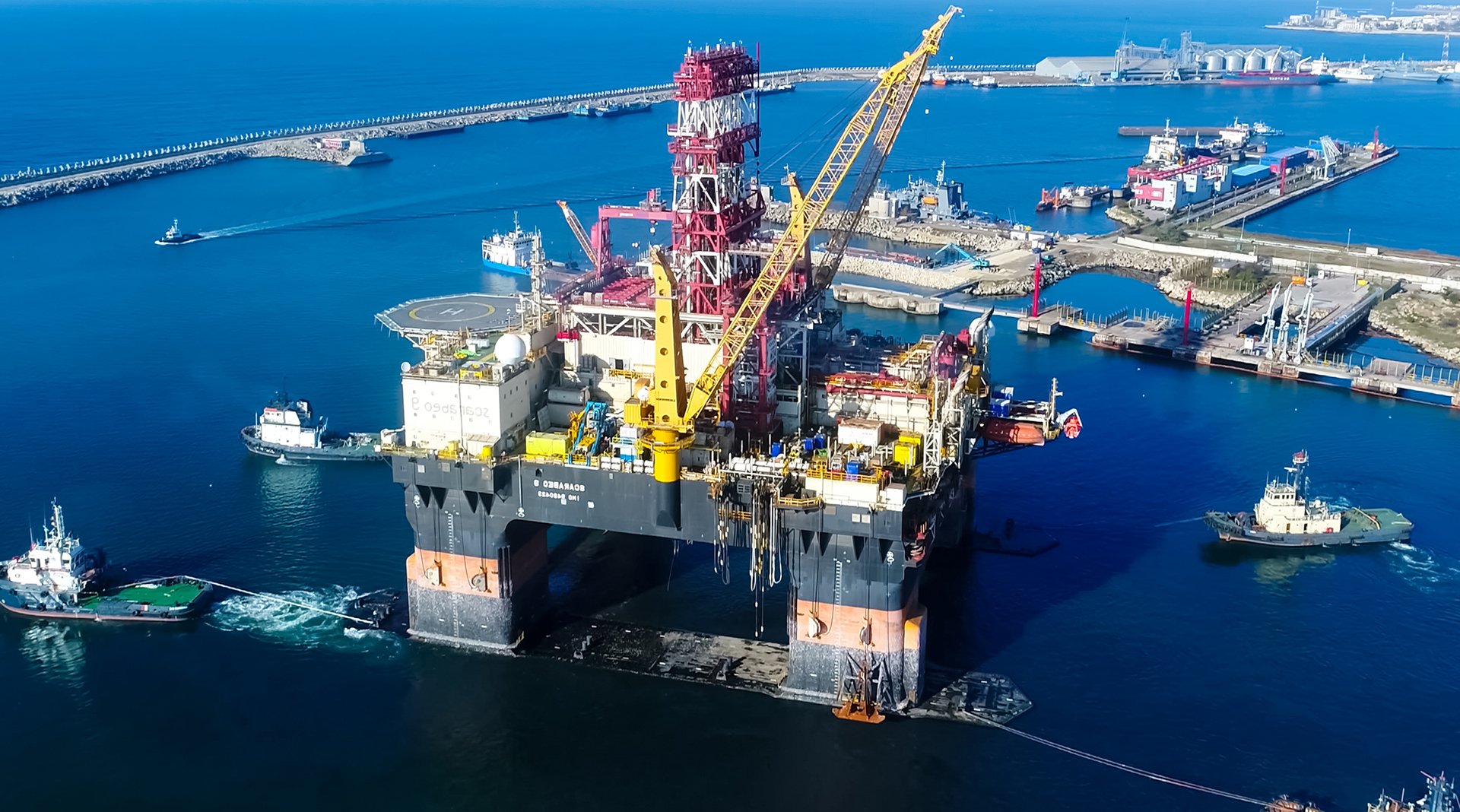
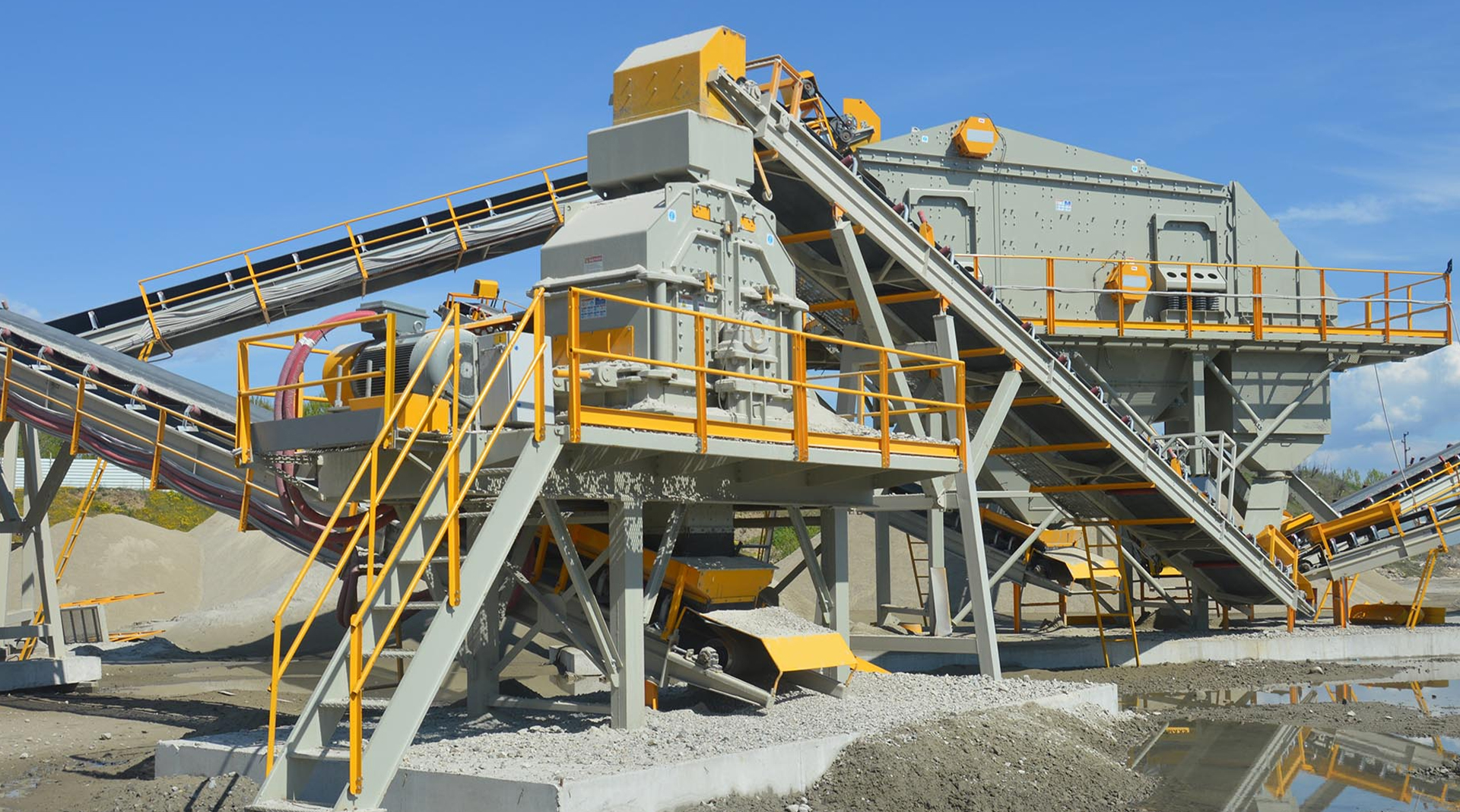
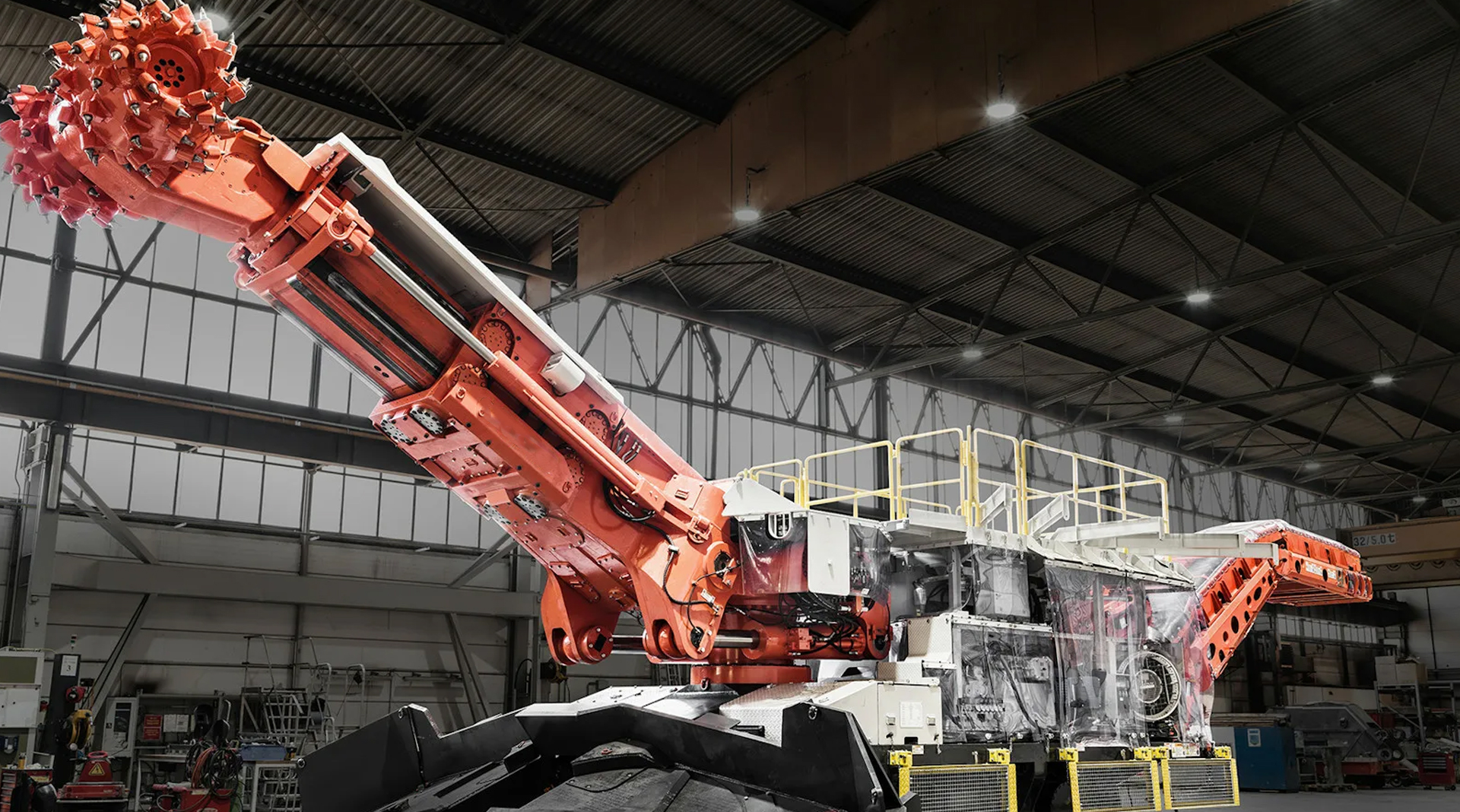
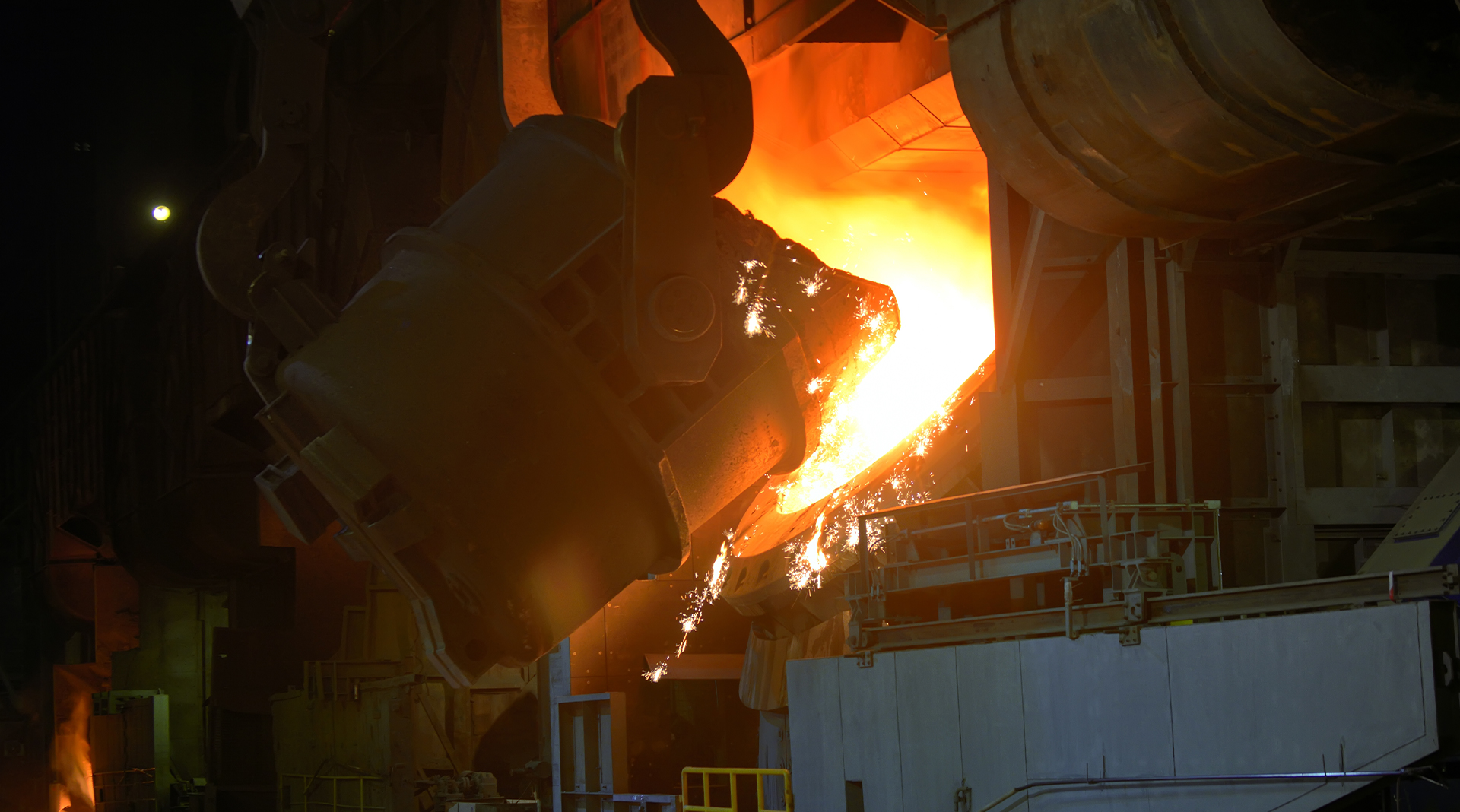



 English
English 日本語
日本語 русский
русский Deutsch
Deutsch